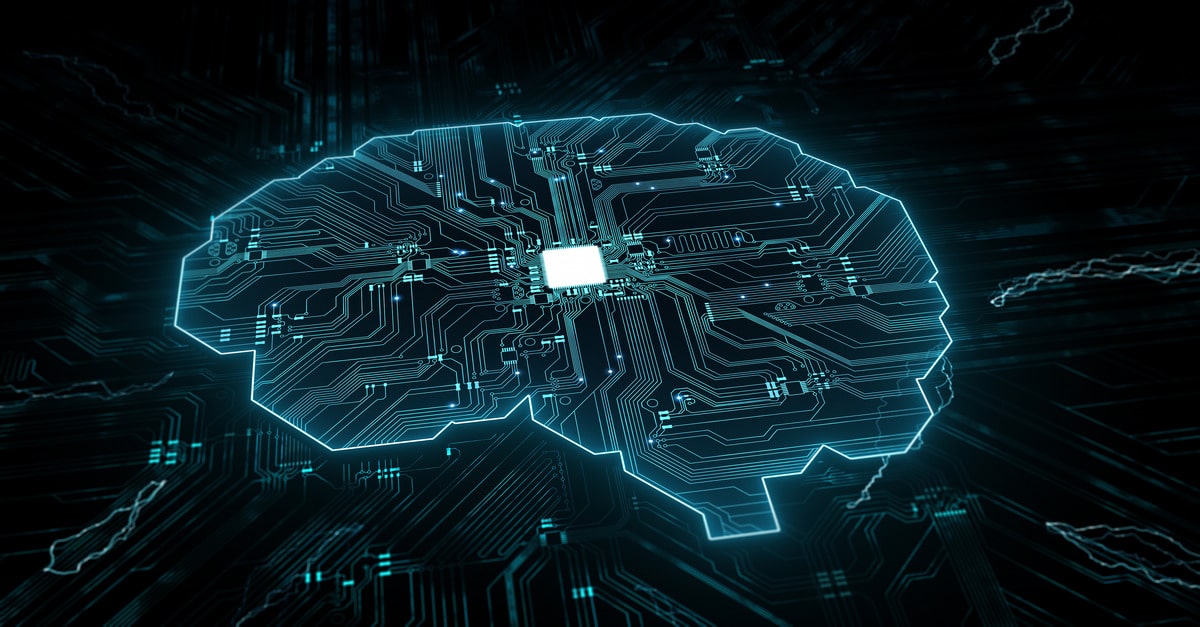The digital working world is very mucg real, and lasting beyond the reaches of lockdowns. But how can we harness the emotional intelligence of the workplace in a digital world?
Lockdown is in the past, and the world is healing (slowly). Organisations have adapted to a new remote way of working and, despite teething issues, many look to continue this pattern beyond Covid-19.
However, an important aspect may have been left as an afterthought – being human in a digital working world.
Chats in the staff kitchen about the weekend, were replaced with you, standing alone, in your own kitchen. Employers and employees alike have recognised the value of these human elements of ‘small talk’ and the physical presence of colleagues, which promote a sense of belonging and community.
With the prominence of a more hybrid model of work, even beyond the restrictions, how can they transfer ‘being human’ to the new digital way of work in the simplest and cost-effective manner? By adapting and implementing Emotional Intelligence (EI) in digital working world.
Since Daniel Goleman released his NY times bestseller in 2001, The Emotionally Intelligent Workplace, the world of work has been infatuated with the concept. Despite the interest, due to the (still) conceptual nature of EI, organisations continue to struggle in defining and implementing the concept appropriately.
Regardless of its issues in application, however, the concept remains extremely useful in influencing desired organisational outcomes.
So why is EI the key to digital working?
In the digital world, the human connection can be lacking. As mentioned, those small human elements that build a sense of belonging for workers is lost. The adaption of EI in the digital world can help employees feel part of the team again.
Though Goleman’s EI quadrant model is not without its conceptual issues, it does provide a clear framework:

(Source – HBR: Emotional Intelligence, 2017)
Here is how organisations can apply EI to the digital working world:
Relationship Management
Digitally, teams are distributed, therefore can lack cohesiveness. By adapting the usual social activities, such as quizzes or game events and encouraging workers to have consistent video calls with each other to ‘check in’, this can promote a sense of belonging and assist those who find working from home lonely.
Social Awareness
Due to the use of a technological medium, empathy can be more difficult to communicate in the digital way of work. As an organisation, provide some ‘Coaching and Active Listening’ training – this will be valuable for your employee’s wellbeing and your organisations performance.
Self-Awareness
Due to the lack of physical cues associated with digital working, we instantly become less ‘self-aware’. Journaling has been shown to improve levels of self-awareness, even outside of the working world. Allow the last 15mins of the day to be dedicated to journaling, reflecting on times when they used emotions appropriately and times when they did not.
Self-Management
Problems will always occur, but when it is the technology’s fault, it is always more frustrating. Emotions can overspill (Amygdala hijack), leaving you screaming at your screen, which can transfer to your colleagues who you are in a video call with. Often, the use of technology can intensify your frustration, so being conscious in separating your frustrations with your wi-fi (which you can have a limited control over), and actual working issues, can help manage your emotions and stop the hijack.
As organisations continue remote working even after restrictions are lifted, applying Emotional intelligence in the methods suggest could be the answer to how people can feel part of the organisation, even if dotted around different parts of the world. In doing so, it transfers the human aspect of organisations to the new digital world of work.

